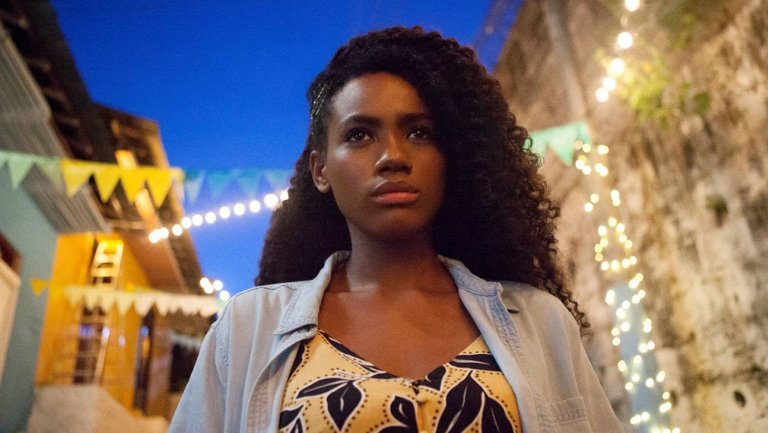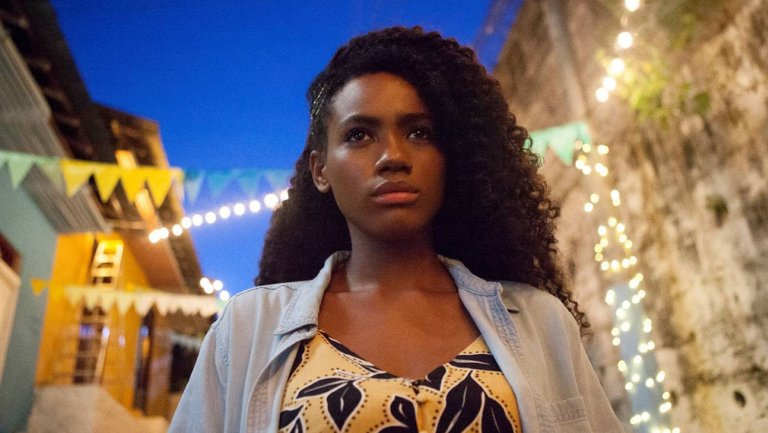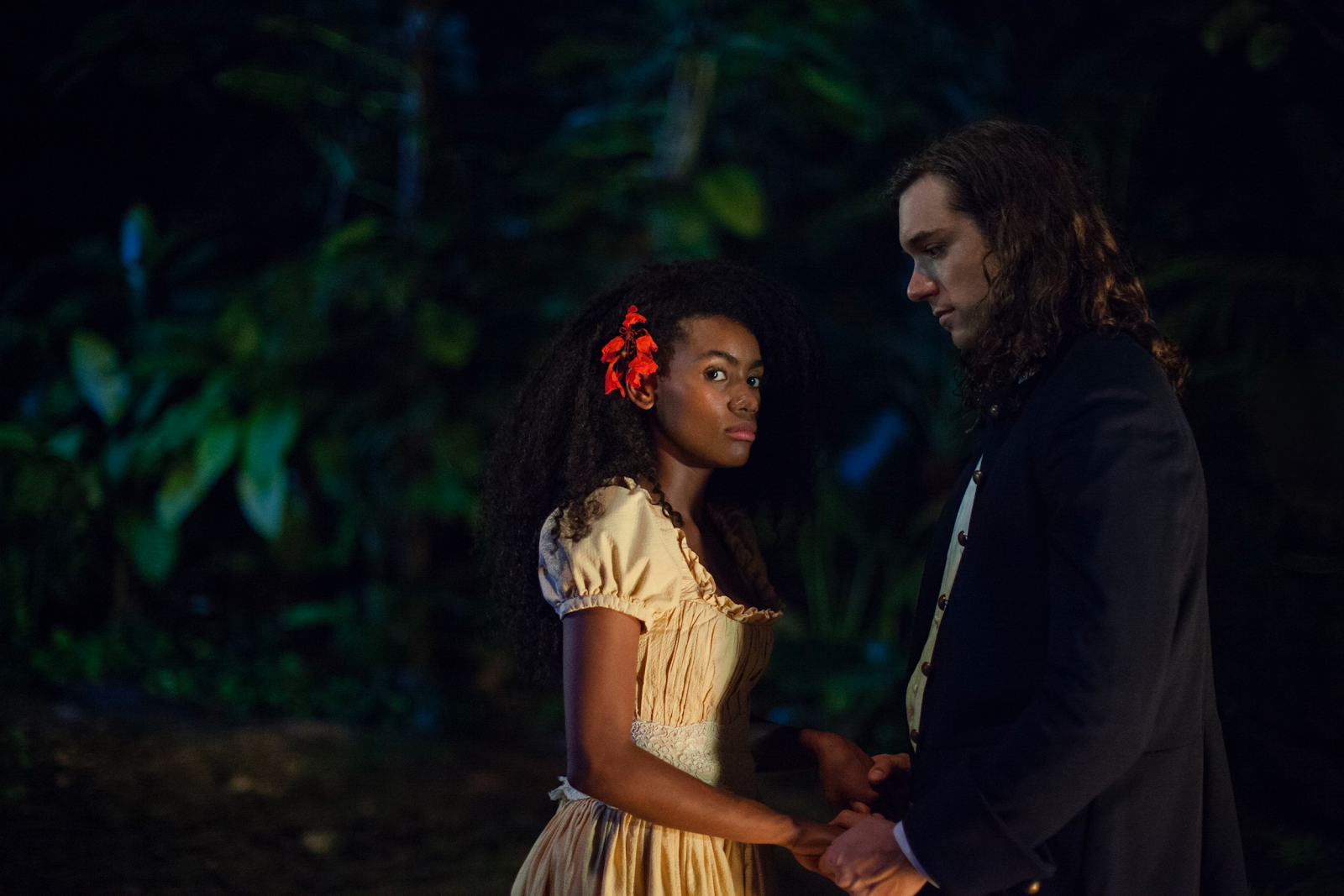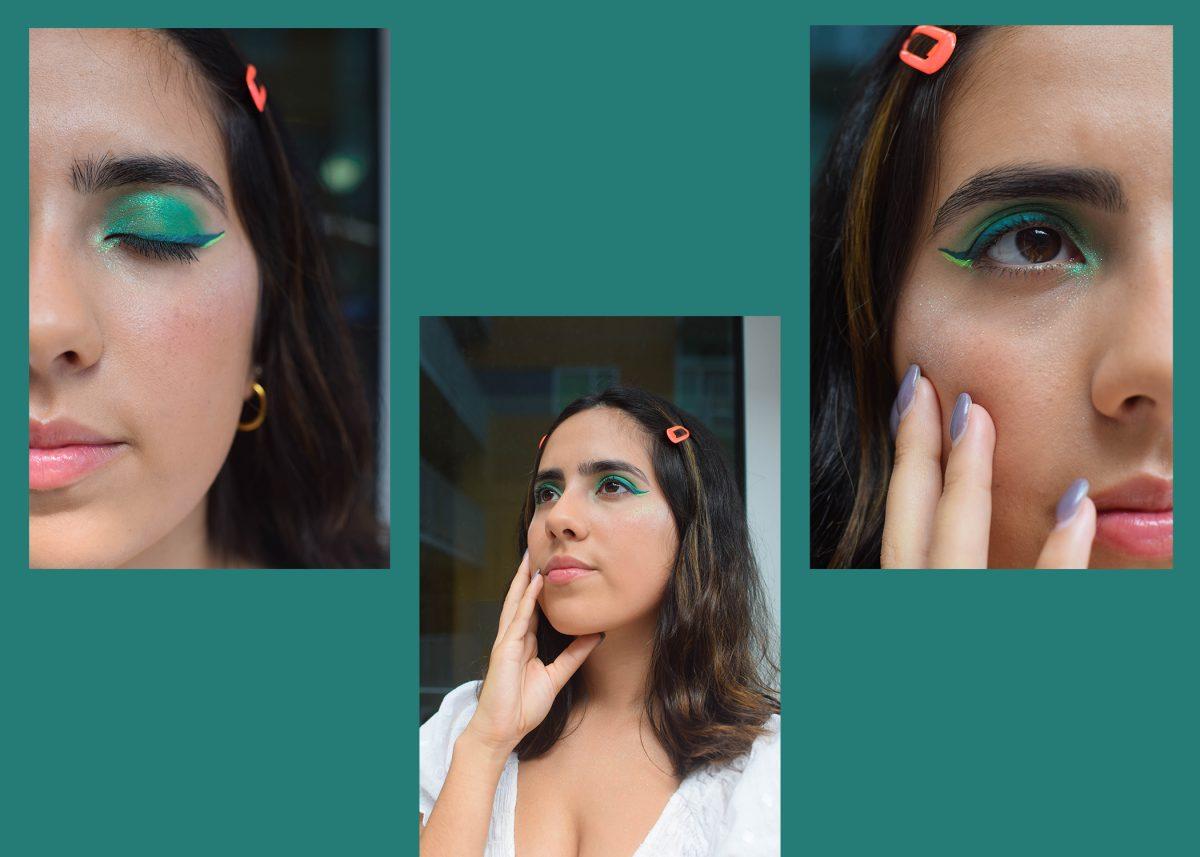Photo courtesy of Netflix
Netflix’s highly anticipated fantasy drama featuring a time-traveling Afro-Latina lead disappoints audiences with painfully regressive depictions of tired racist tropes.
Story by Sidney Phillips
In recent decades, popular culture has come to embrace witches as the powerful feminist icons they’ve always been. Many of us grew up on classics like “The Craft,” “Charmed” and “Practical Magic.” These shows and movies depicted women who were unapologetic, non-conformist and unafraid to challenge (or outright hex) authority – mainly the patriarchy.
Now, revamped for a new generation of empowered women, witches are dominating the small screen from “The Chilling Adventures of Sabrina” to “American Horror Story: Coven.” However, while these narratives are inspiring, they’re also overwhelmingly white.
Black and brown witches are often excluded, erased or delegated to supporting roles in TV and film. Think Bonnie Bennett in “Vampire Diaries,” whose main purpose was to save and continually resurrect her white counterparts, often to her own detriment.
So, when Netflix announced “Siempre Bruja,” a new series centered around a time-travelling, dark-skinned Afro-Colombian bruja, black audiences were raving.
The 10-episode series, inspired by Isidora Chacón’s 2015 novel, “Yo, Bruja,” tells the story of Carmen Eguiluz (played by breakout star, Angely Gaviria), a witch who is burnt at the stake in 17th-century Colombia and emerges alive in the present-day city of Cartagena. The genre-bending historical drama merges elements of magical realism, the occult and fantasy into a compelling tale of overcoming personal constraints to discover one’s inner power.
Afro-Latinx narratives are all-too-often ignored or erased in Latin American media. Because of this erasure, audiences hoped the series would offer a refreshing double dose of overdue representation and long-awaited black girl magic for the small screen.
However, excitement quickly evolved into outrage when audiences learned that the entire show, which premiered at the beginning of Black History Month, revolved around a disturbing slave/master “romance.”
Photo courtesy of Netflix
The racist trope disparages the painful legacy of slavery in the Americas and lazily attempts to sanitize black trauma. Simply put, the campy teen drama is not equipped to handle the weight and nuance of slavery. Instead, the show treats black suffering as a secondary plot point to develop the central saga of two star-crossed lovers: a 19 year old slave girl and her white owner. This gravely overlooks the fact that loving and consensual relationships can not exist in the abusive power dynamic of a master and slave.
In the series premiere, Carmen, the heroine, faces execution for “bewitching” the son of her wealthy owner, Cristóbal (Lenard Vanderaa). Through a series of flashbacks, viewers learn the passionate “romance” began when Cristóbal bought (yes, bought) Carmen at a slave auction “saving” her from the inhumane treatment of the auctioneer. While dreamy music plays in the background, Cristóbal is shown taking Carmen by her shackled hands, staring into her eyes and asking, “are you alright?” Yikes.
That problematic meet-cute is just the beginning.
The entire plot hinges on Carmen’s toxic “relationship” with Cristóbal (who — don’t forget — literally owned her).
After Cristóbal is shot for attempting to defend his lover at her execution, Carmen makes a deal with an all-powerful wizard named Aldemar (Luis Fernando Hoyos) to travel to the future. Aldemar gives her a task to complete in exchange for Cristóbal’s life, after which she plans to return to colonial Colombia to be with him.
Then, instead of securing her bag in the future as a free woman without constant threat of violence or death, Carmen spends most of her time worrying about Cristóbal and trying to return to an era where she’d again become his property.
Photo courtesy of Netflix
The brilliant and ultra-powerful witch gains the opportunity to make friends, learn about the modern world and even attend college. However, Carmen inexplicably sacrifices her intellectual, emotional and spiritual development as a modern woman for her time-traversing love for Cristóbal. The show’s misdirected message that the “the power of love trumps all” sounds more like giving up one’s freedom (from slavery) and halting personal growth for a man.
While sidestepping the dark truths of slavery, Carmen and Cristóbal’s dehumanizing slave/master relationship conjures archetypes rooted in white supremacy. The myths of the “benevolent slave owner” and “happy slave” ruin what could have been a promising tale of Afro-Latina empowerment.
Marketed to black viewers as a “progressive” depiction of black girl magic in action, the series’ complete lack of self-awareness stems from the lack of representation on its production team. The show’s creator/writer, Ana María Parra, and producer, Dago García, are both white Colombians. The series was produced by Caracól Television, the same network that created “La Esclava Blanca,” another historical drama about a white savior figure raised by slaves who later becomes an abolitionist. “Siempre Bruja” is a poignant reminder that when the telling of black narratives excludes black people, the consequences aren’t just disturbing — they’re damaging.














































